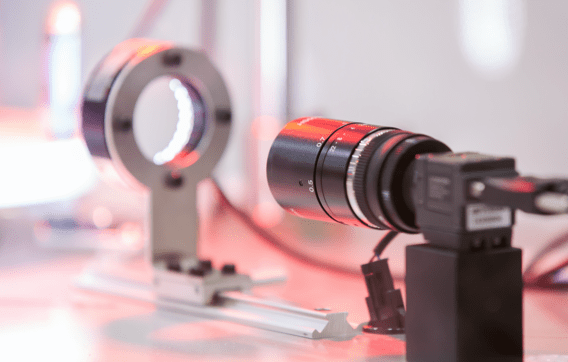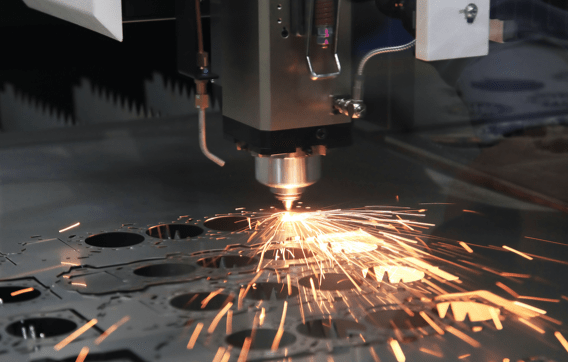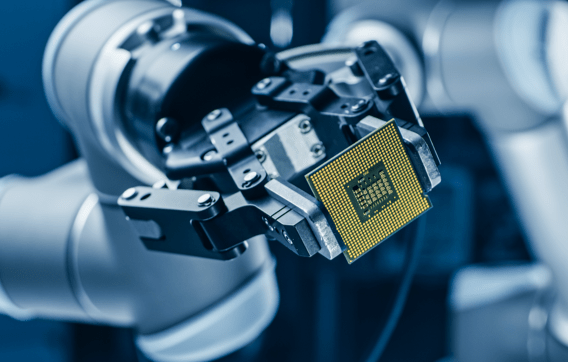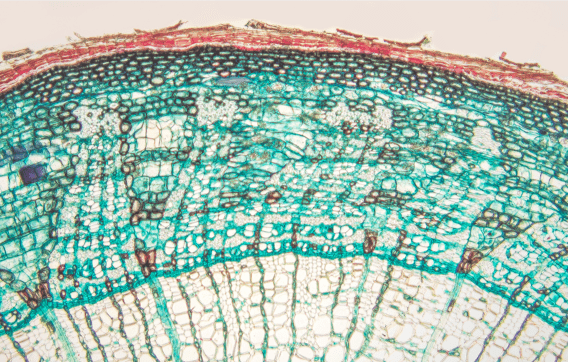The vast amount of data received from space make its storage and analysis heavily dependent on AI and cloud computing. At the same time, the satellite and commercial space sector are progressively using AI to automate equipment construction, foster innovation and boost profitability. Machine learning and AI can support these efforts by changing the way global satellite operators and space agencies operate across key areas: manufacturing, operation, data storage, analytics, telemetry and spectrum usage.
Technologies
The space industry is a focal point of innovation. From 5G networks and IoT, to Artificial Intelligence and Cloud Computing, the space is an integral part of continuous technical revolution. Commercialization of the Lower Earth Orbit, advances in the materials, batteries and electronics lead to convergence of the space and non-space supply chains. This creates new growth opportunities in established and emerging markets.

SIZE / POTENTIAL: €25+ BILLION / VERY HIGH
Artificial Intelligence
SIZE / POTENTIAL: €300+ BILLION / VERY HIGH
Electronics
Miniaturization of electronics is one of the critical factors in the explosive growth of commercial space. Utilization of the Lower Earth Orbit that is located within the magnetic field that protects our planet from radiation opened the possibility of using commercial-off-the-shelf electronic components for space applications. Convergence of the space and non-space supply chains creates new opportunities for both sectors as they develop high performance and EDGE computing for advanced industrial and consumer products.


SIZE / POTENTIAL: €130+ BILLION / VERY HIGH
Sensors
Industrial sensors are a key part of factory automation and Industry 4.0. It is also critical to activities in space – proximity operations, optical communication, satellite positioning and deep space missions. Motion, environmental and vibration sensors are used to monitor the health of equipment, from linear or angular positioning, tilt sensing, leveling, shock or fall detection. Advanced optical and radio sensors are the basis for mapping, monitoring and tracking of assets. Together with microelectronics, sensors are the “smarts” of the satellites, and this technological segment also benefits from the convergence of the space and non-space supply chains.
SIZE / POTENTIAL: €130+ BILLION / VERY HIGH
High Precision Manufacturing
High-precision manufacturing enables the development of high-performance elements, substrates, components and products, which require more complex design, higher specifications and improved product lifecycles demanded both in space and on Earth.


SIZE / POTENTIAL: €25+ BILLION / VERY HIGH
Robotics
Robots will drive higher levels of operational efficiency, deliver more robust safety measures and integration of digital management frameworks of the future. Robotics technology can be applied in offshore energy, nuclear decommissioning, environmental and health crises. Space robotics will become a key driver for the exploration of the outer space and the operation and maintenance of space stations, satellites and other platforms, saving costs and relieving man from dangerous tasks.
SIZE / POTENTIAL: €8+ BILLION / VERY HIGH
Additive Manufacturing
Additive manufacturing is important for near- and long-term exploration missions to develop critical infrastructure, support science objectives, and eventually support long-term infrastructure. It will also lower the cost of launching and operating in space to deliver new capabilities for sustainable economic activity.


SIZE / POTENTIAL: €4+ BILLION / VERY HIGH
Synthetic Biology
Synthetic biology is an emerging technology that aims to combine the knowledge and methods of biology, engineering and related disciplines in the design of chemically synthesized DNA to create organisms with novel or enhanced characteristics and traits. It is the “biological additive manufacturing”. Synthetic biology can greatly accelerate the development of human space exploration, starting from the operation of commercial stations on the Earth’s orbit and to the point of allowing permanent human bases on the Moon and Mars in the future.
The 60-year-old space industry has been transformed by improved access to space, emergence of satellite platforms for Lower Earth Orbit, miniaturization of electronics, changing regulatory environment and growing demand for commercial and consumer applications. The global space industry now spans across multiple markets on Earth and beyond, becoming a key positive element in the technological and economic transformation of our society.

